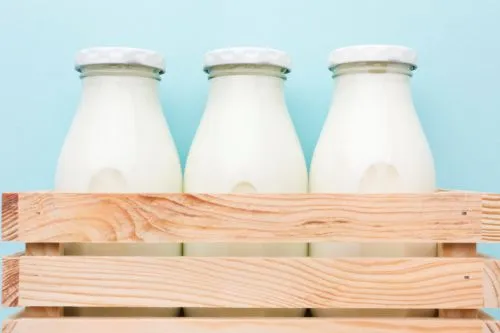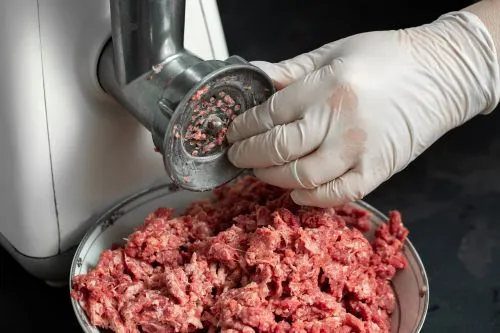
With rising temperatures in many parts of the world, not only changes in weather add to the importance of cooling cows but also increasing cow productivity. Fortunately, more and more farmers are taking measures to keep their animals properly cooled, and with the global climate changes we are experiencing, it's evident that more cows need cooling. But as a farmer, are you sure your cattle are not suffering from heat stress? Here are some tips from DairyGlobal specialists.
Yield matters when it comes to heat stress
Why might you ask? It's basic physics, really. High-yielding cows consume a lot of feed, which, of course, begins its journey in the cow's digestive system, particularly the rumen. Billions of microorganisms in the rumen release a lot of energy, and cows need to get rid of this excess energy.
As external temperatures rise, it becomes more challenging to dissipate this excess energy, so over the years, with better management and increased productivity, we've even moved the threshold for cows' most comfortable temperature downwards. You could say that today's high-yielding cows simply require more cooling now because of their higher production.
Today, heat stress occurs at lower temperatures
Therefore, 20°C for a high-yielding cow today is not the same as 20°C a few decades ago, simply due to increased production. And that also means that the same temperature and humidity for Dairy Farm 1 and Dairy Farm 2 will not necessarily have the same impact on the cows in those two farms if productivity differs between them.
Less heat stress in dairy cows
It's worth mentioning that there are some differences between breeds, and there is a possibility of breeding high-yielding cows that are more tolerant than the average cow we have today. However, this is unlikely to solve the need for cow cooling but could have an impact when we need to start cooling them by a few degrees.
Temperature isn't the only thing that matters in heat stress
When discussing cow heat stress, we often use the term THI (Temperature-Humidity Index). THI takes into account the combined effects of environmental temperature and relative humidity and provides a useful and easy way to assess the risk of heat stress.
The thing is, you can't use temperature alone as an indicator of cow heat stress because how humid or dry the air is also matters.
If the air is humid, cows cannot dissipate energy through evaporation via sweating or respiration as effectively as they can when the air is drier. Therefore, they have a harder time maintaining an ideal body temperature if it's humid, even if the external temperature is not as high.
On this note, it's also worth mentioning that cows actually prefer temperatures below 20°C, which are much lower than the preferred temperature for humans. This might be one of the main reasons why so many people didn't consider it earlier simply because the ideal temperature and humidity for cows are quite different from what humans desire.
Signs to look for
If cows can't get rid of excess energy, they eat less to reduce heat production in the rumen, and as a result, we would expect yield to decrease. Other signs of heat stress may include a lower conception rate.
In fact, we can call these symptoms "subclinical heat stress" because those effects of temperature and humidity on cows are not clearly visible or evident.
To make this example clearer, let's talk about "clinical heat stress." Perhaps the easiest indication of the clinical sign of heat stress is an increased respiratory rate. Other signs may include observing many cows standing, increased water intake, more cows "hanging" without doing anything, and cows hanging around the trough, just to name a few clear signs of heat stress. Cows are basically uncomfortable, just like how we feel when it gets hot or humid.
The solution?
With all that said, read the title again. If you have doubts or even think that cows might be at risk of experiencing heat stress, then seek professional help for cow cooling.
Never install fans without having a proper calculation of what is needed for that specific farm, based on the animals' needs and the farm's design. There are many available solutions, and the right solution for a farm in one area might not be the right one for the next farm.




